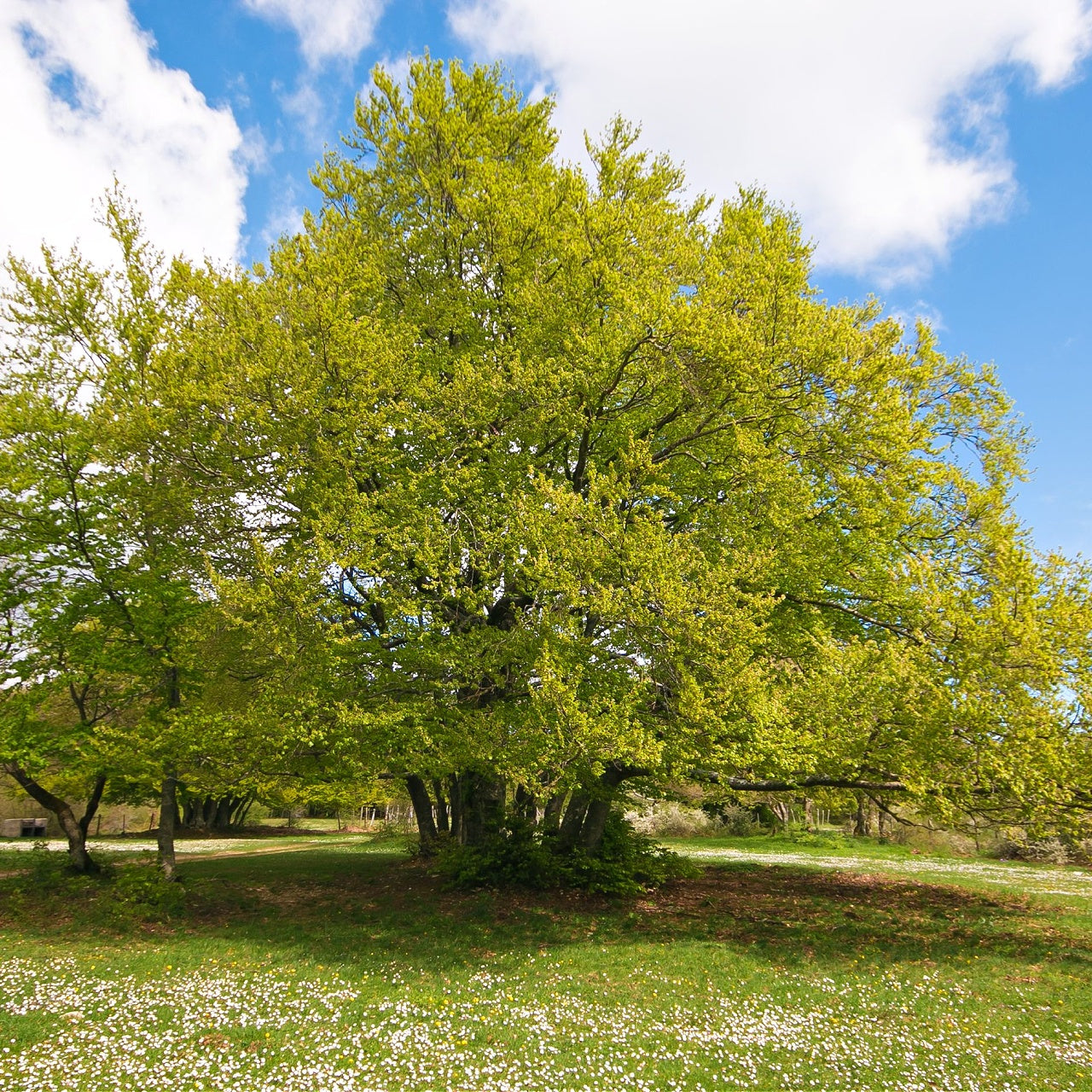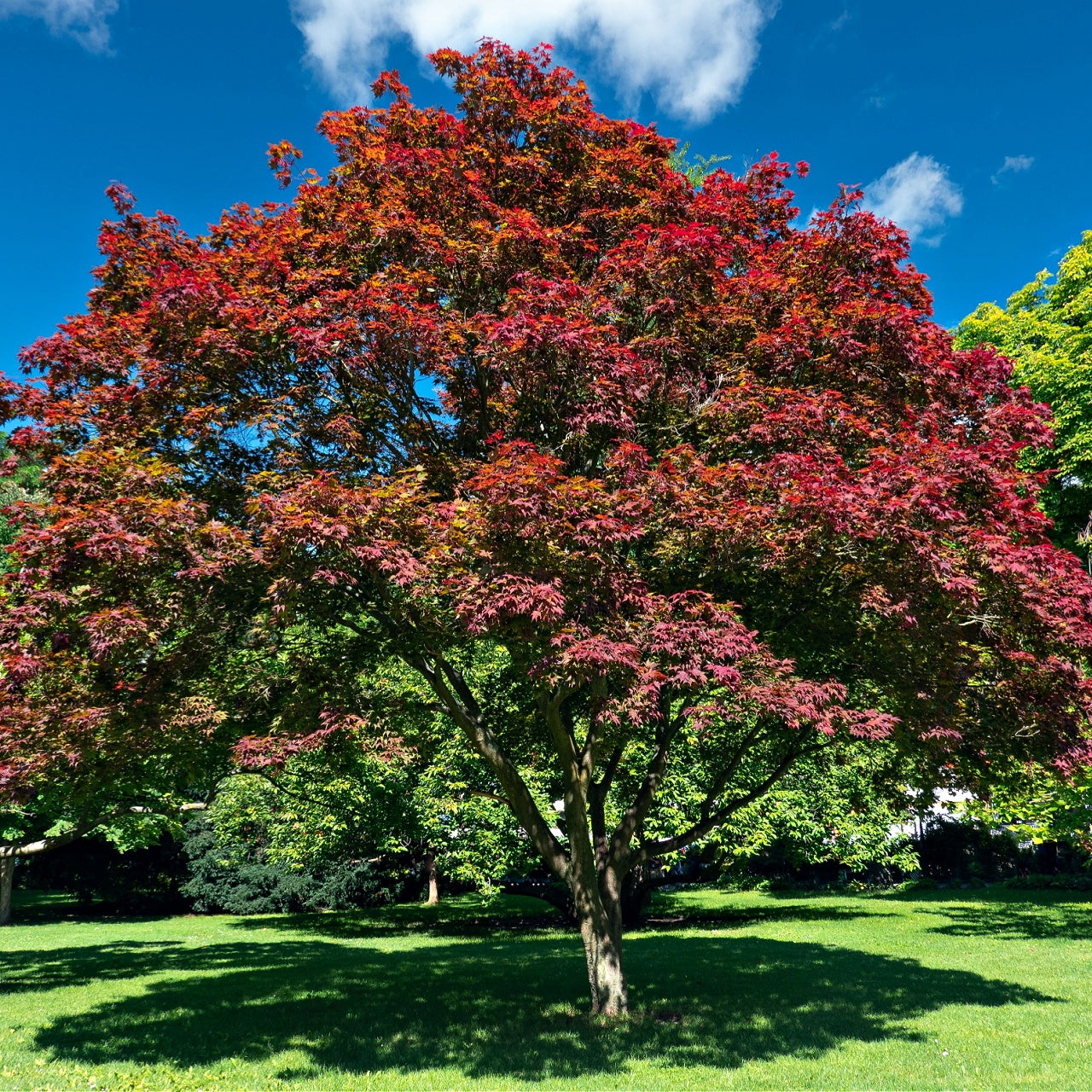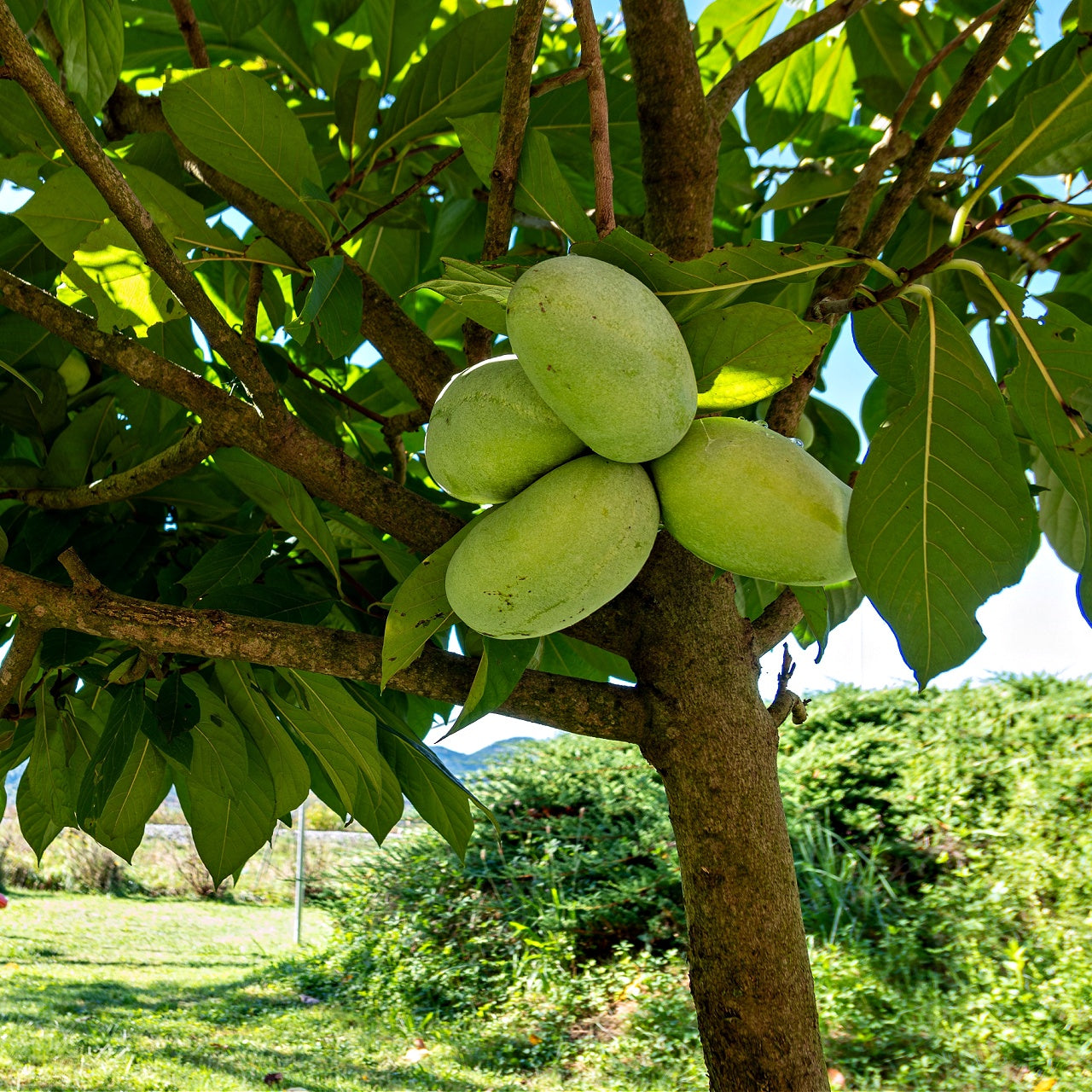
The beginners guide to planting and caring for perennials in your garden
The beginners guide to planting and caring for perennials in your garden
Perennials are an excellent addition to any garden. With their beautiful blooms and ability to return year after year, they are a favorite of gardeners everywhere. They come in various colors, sizes, and shapes, making it easy to find the perfect plants to suit your style and growing conditions.
However, in order to successfully plant and care for perennials, there are several important factors you should consider. To help you out, in this beginner’s guide, we'll explain everything you need to know to choose, plant, and care for perennials in your garden.
So, without further ado, let’s get started.
Choosing the right perennials for your garden
When it comes to choosing the appropriate perennials for your garden is an important first step in creating a beautiful and successful perennial garden. When selecting perennials, consider factors like the climate in your area, the amount of sunlight in your garden, and the type of soil. So, it's essential to select perennials that are suited to your specific growing conditions, as this will help ensure their long-term success.
Some popular perennials that are well-suited to different growing conditions include coneflowers, black-eyed Susans, and daylilies. However, it's always a good idea to consult with your local garden center or cooperative extension service to get recommendations for perennials that are best suited to your area.
Preparing your garden for planting
Once you've chosen the perfect perennials for your garden, now it's time to prepare your garden for planting. The first step is to clear the planting area of any weeds or debris. It will help give your perennials the best chance for success.
Next, test your soil's pH level and make any necessary amendments. Different perennials have different pH requirements, so make sure your soil is at the right level. If you don't know, you can get a soil testing kit from a local garden center or cooperative extension service. If the pH of your soil differs from the standard (between 5.5 and 7.5), then you can make amendments using lime or sulfur, respectively.
Moreover, adding compost or other organic matter to your soil can help improve its health and fertility. Compost adds nutrients to the soil and helps improve its structure, which can make it easier for roots to grow and absorb water.
Planting your perennials
If you have chosen the right perennials and have prepared your garden, it is time to plant them. To plant your perennials:
- Start by digging deep enough holes to accommodate each plant's root ball.
- Space your plants far enough apart to allow for adequate growth and airflow.
- If you're planting multiple perennials, use a garden plan to map out the layout before you start digging.
When positioning your plants, consider their sunlight and water needs. Some perennials prefer full sun, while others do better in partial or full shade. Similarly, some perennials need lots of water, while others can tolerate drier conditions. So place your plants accordingly to ensure they get the right amount of sunlight and water.
After planting your perennials, don't forget to water them thoroughly and add mulch in order to keep them moist and weed-free.
Caring for your perennials
The care you give to your perennials plays a vital role in assuring that they remain healthy and bloom year after year. Regular watering, fertilizing, pruning, and deadheading are necessary to promote healthy growth and prevent disease. Also, you need to control pests and diseases, as these can be a major problem for perennials.
Tips to Control Pests for Your Perennials
As we know that pests can pose a serious problem for perennials, but there are several steps you can take to control them. Here are some useful tips to help you prevent pests in your perennial garden:
- Keep Your Garden Clean: Regularly remove any dead or damaged plant material to prevent pests from making themselves at home.
- Use Beneficial Insects: Introduce beneficial insects like ladybugs or lacewings to control pests like aphids.
- Choose Resistant Varieties: When choosing perennials, look for varieties that are resistant to common pests in your area.
- Practice Crop Rotation: Pests can build up in the soil, so rotate your crops every few years to prevent infestations.
- Apply Natural Pesticides: Natural pesticides like neem oil can be effective in controlling pests without harming beneficial insects.
- Use Physical Barriers: Use physical barriers like row covers or netting to protect your plants from pests like slugs.
- Keep Plants Healthy: Healthy plants are less susceptible to pests, so be sure to provide your perennials with the right amount of water, sunlight, and nutrients.
Tips to Prevent Disease for Your Perennials
Diseases are also a major concern for perennials; however, you can avoid them by taking a few precautions. Following are some effective preventative measures you can take to protect your perennial garden:
- Maintain a Clean Garden: To prevent the spread of disease, remove dead or diseased plant material on a regular basis.
- Provide Proper Drainage: Make sure your soil has proper drainage to prevent waterlogged conditions that can promote disease.
- Practice Good Air Circulation: Proper spacing of plants and thinning of dense foliage will improve air circulation, reducing the risk of fungal disease.
- Pick Disease-Resistant Varieties: When making a plant selection, make sure the perennial varieties you choose are resistant to common diseases.
- Rotate Crops: Rotating crops can help prevent soil-borne diseases from building up in the soil.
- Apply Fungicides: Fungicides can effectively control disease, but it is advisable to use them carefully and only as a last resort.
- Use Proper Irrigation Techniques: Avoid watering from above, as this can promote fungal diseases. Instead, water at soil level and early in the day so that foliage dries off before night.
By following these tips to control pests and prevent disease, you can help keep your perennials healthy and blooming year after year. With a little bit of attention and care, your perennial garden will thrive and provide beauty for many seasons to come.
Winterizing your perennials
Winter can be a tough time for perennials, especially in colder climates. If you don't take the right steps to protect your plants, the cold weather could damage or even kill them. However, if you give your perennials some attention and care, you can help your perennials survive the winter and come back strong in the spring.
Freezing temperatures can cause plant cells to rupture, which can lead to damage or death of the plant. Additionally, cold, dry winds can dry out the leaves and stems of perennials, causing further damage.
However, winterizing your perennials is the best solution to this problem. This involves taking several steps to protect your plants from the harsh winter weather. The first step is to cut back any dead or diseased stems and foliage before the first frost. It will help prevent the disease from spreading and make it easier to cover the plants with a layer of mulch or protective material.
The second step is to provide insulation for the roots by adding a layer of mulch or straw to the soil around the plant. Finally, cover your plants with a layer of burlap or another protective material to shield them from the cold and dry winds of winter.
Final Remarks
To sum it up, growing perennials can be a rewarding and enjoyable experience, but it does require some knowledge and effort to do it successfully. By choosing the right perennials for your garden, preparing the soil properly, and caring for your plants diligently, you can enjoy beautiful blooms for years to come.
Also, don't forget to guard against pests and diseases and to take steps to protect your perennials during the winter months. With the proper attention and care, you can create a stunning perennial garden that will provide enjoyment for decades.






